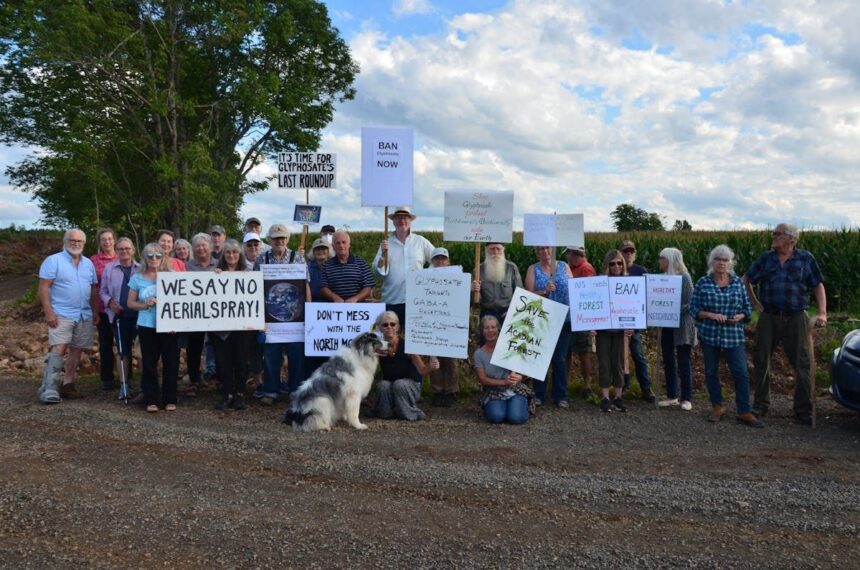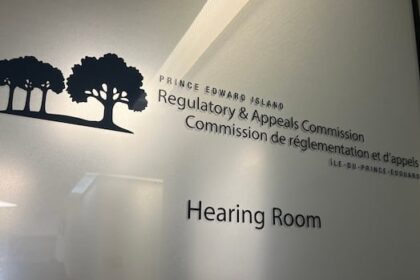Article contentNewington said the lack of information provided is “part and parcel of this government’s move away from any kind of transparency or accepting public input or oversight.”Article contentNewington said that a few years back it appeared there was some progress being made on more protective environmental regulation but “it seems that this government is taking us backward, as it has on the uranium ban and the fracking ban.”Article contentShe said it is unnerving.Article content“As an example, last year they approved spraying in the Cornwallis Park water supply area and the only way that didn’t happen is because local residents saw that there was spraying planned for the Shell Lake Camp area in Annapolis County and somebody started digging and said, ‘Hey, wait a minute, this is a water supply area.’Article content“Without that sort of public oversight, nobody is able to catch the mistakes that the Department of Environment makes, that the industry makes.”Article contentArticle contentNewington said the department is probably trying to avoid “no spray” protests by not providing specific information.Article content“Last year, particularly people in Cumberland County, really started to stand up and say no,” she said.Article content“As more people understand what’s being done with the aerial spraying of recovering clearcuts, they are getting more vocal and the government is basically trying to hide.”Article contentPorter said that to date, neither J.D. Irving nor ARF Enterprises has commenced spraying. Article contentTerms and conditionsArticle contentShe said companies with spray approvals must comply with stringent terms and conditions, including the posting of signage at access points 30 days before spraying begins, providing written notice to owners and occupiers of structures within 500 metres 30 days before spraying, placing ads in newspapers 20 days prior to spraying, staying 30 metres from water when spraying and only spraying when the wind is calm, at speeds of less than 10 kilometres per hour.Article contentArticle content A dedicated group in the Annapolis Valley made sure a camp was occupied 24/7 to prevent glyphosate spraying in their vicinity in this file photo. Photo by FileArticle contentA primary issue with forestry spraying is the use of glyphosate, the active ingredient in many pesticide sprays that has been categorized as probably carcinogenic to humans.Article contentGlyphosate use has resulted in numerous court cases, including a Federal Court judge in March of this year ordering the federal government to reassess its 2022 approval of glyphosate amid fresh concerns over potential health and environmental risks. Article contentJustice Russell Zinn ruled that Health Canada’s original decision was “unreasonable” because the agency failed to adequately consider 61 new scientific studies presented by environmental groups, including the David Suzuki Foundation and Environmental Defence, that identified new or heightened risks associated with glyphosate. Article contentHealth Canada approvalArticle contentHealth Canada was granted just six months to undertake a more comprehensive review of the chemical’s safety.
Nova Scotia government stops releasing glyphosate spraying details











